ARCHAEPLASTIDS
1/11
There's no tags or description
Looks like no tags are added yet.
Name | Mastery | Learn | Test | Matching | Spaced |
|---|
No study sessions yet.
12 Terms
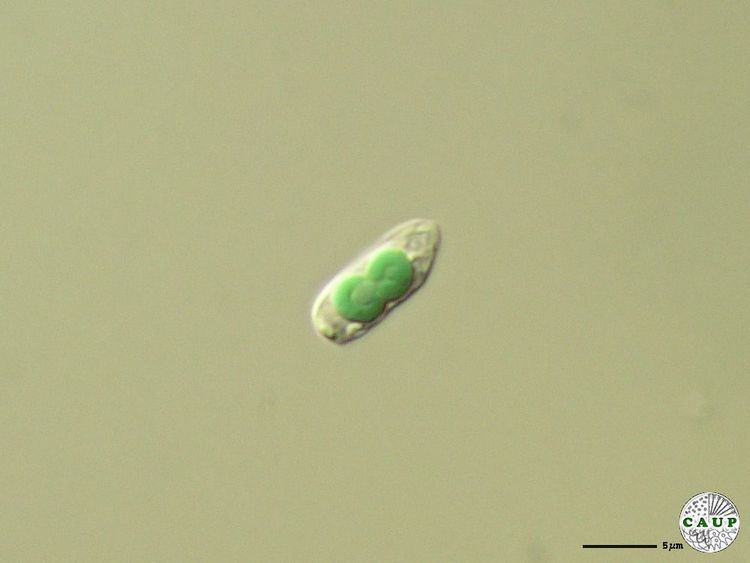
cyanophora- blue green cyanelles bound by peptidoglycan layer, freshwater unicellular algae, pyrenoid, 2 cyanelles for nitrogen fixation and photosynthesis
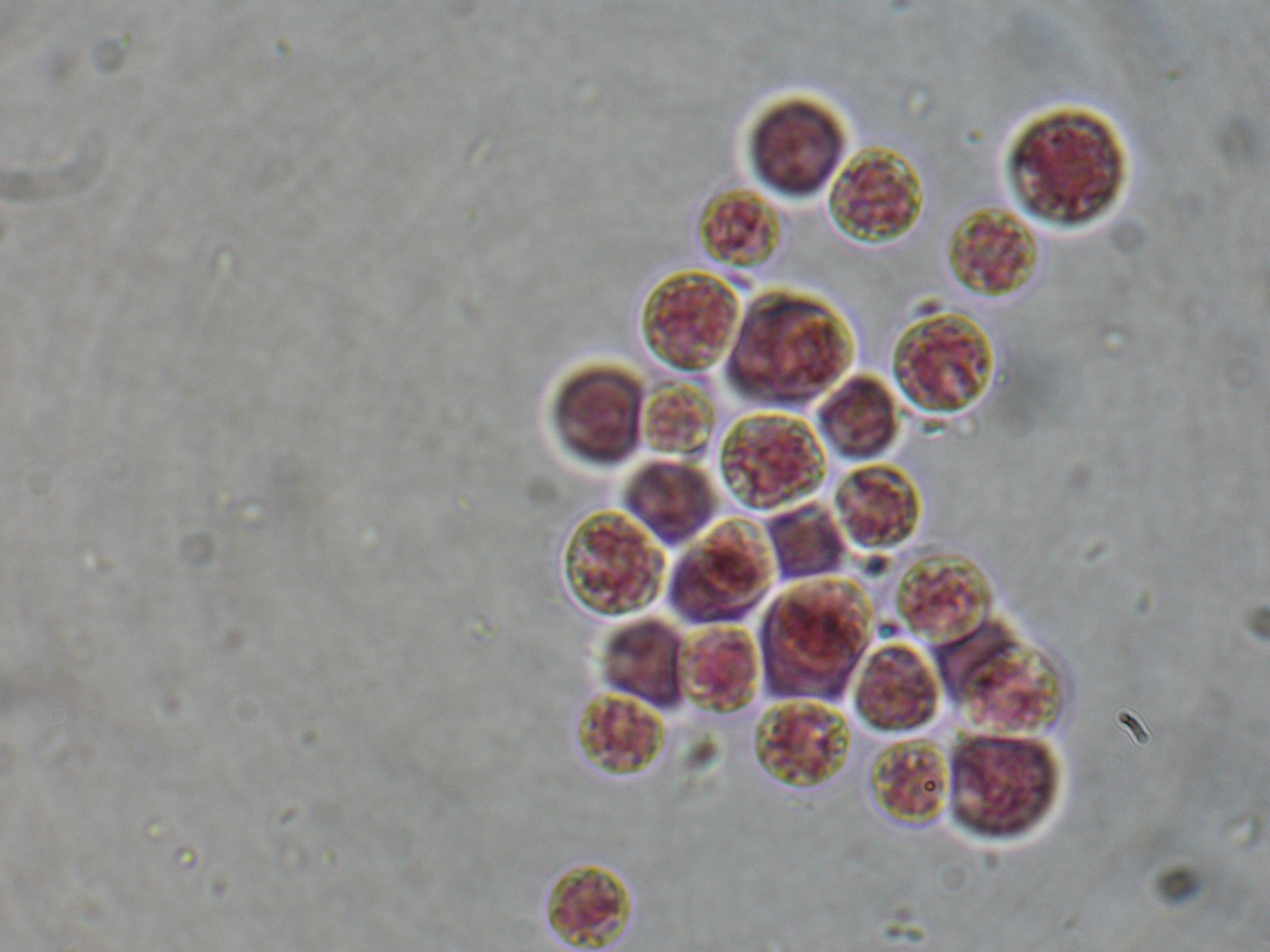
porphyridium- unicellular red algae, red plastid, unicellular red algae, marine, have all 3 pigments, no real cell wall (mucilage envelope), one large stellate plastid
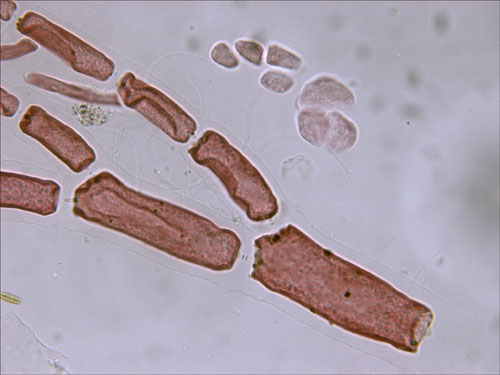
hollenbergia- filamentous, multicellular red algae, pit plugs, SEM shows thylakoids are searated, cells put a golgi inbetween cells that turns into pit plug
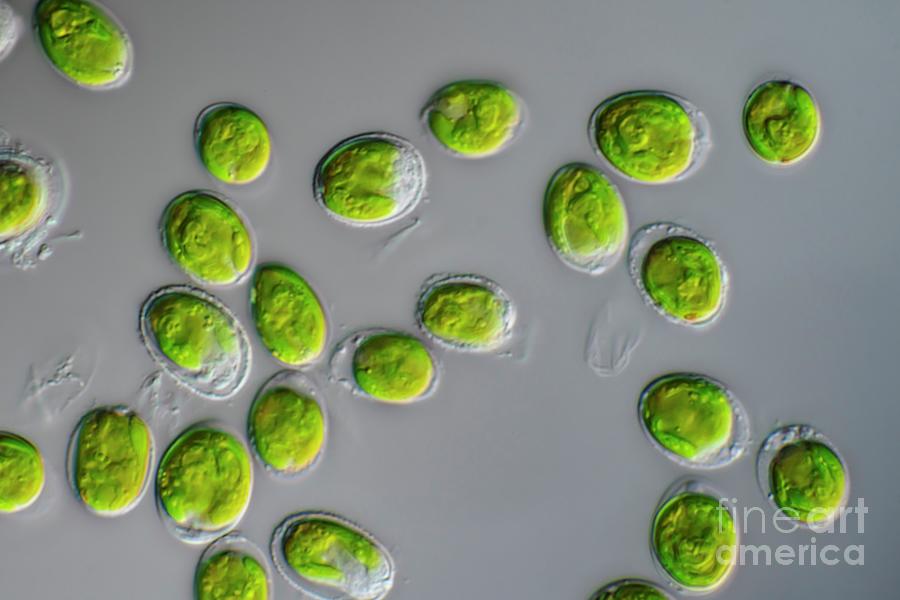
tetraselmis- unicellular, flagellated (many in one spot) and covered in scales, common marine phhytoplankton, eyespots in the plastid, pyrenoids in the plastids

trebouxia- algal partners, carotenoids and chlorophyll a and b, cross section of lichen
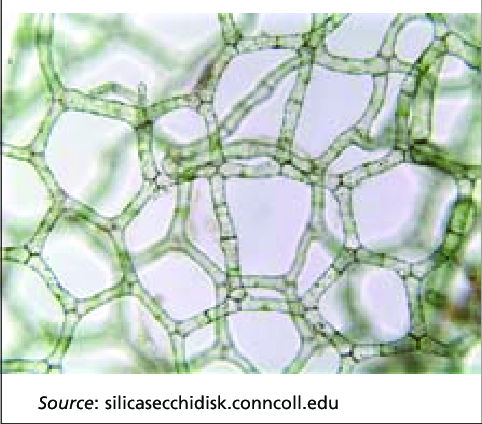
hydrodictyon- fresh water, filamentous green algae, looks like a net from afar, explosive growth, coenobium colony
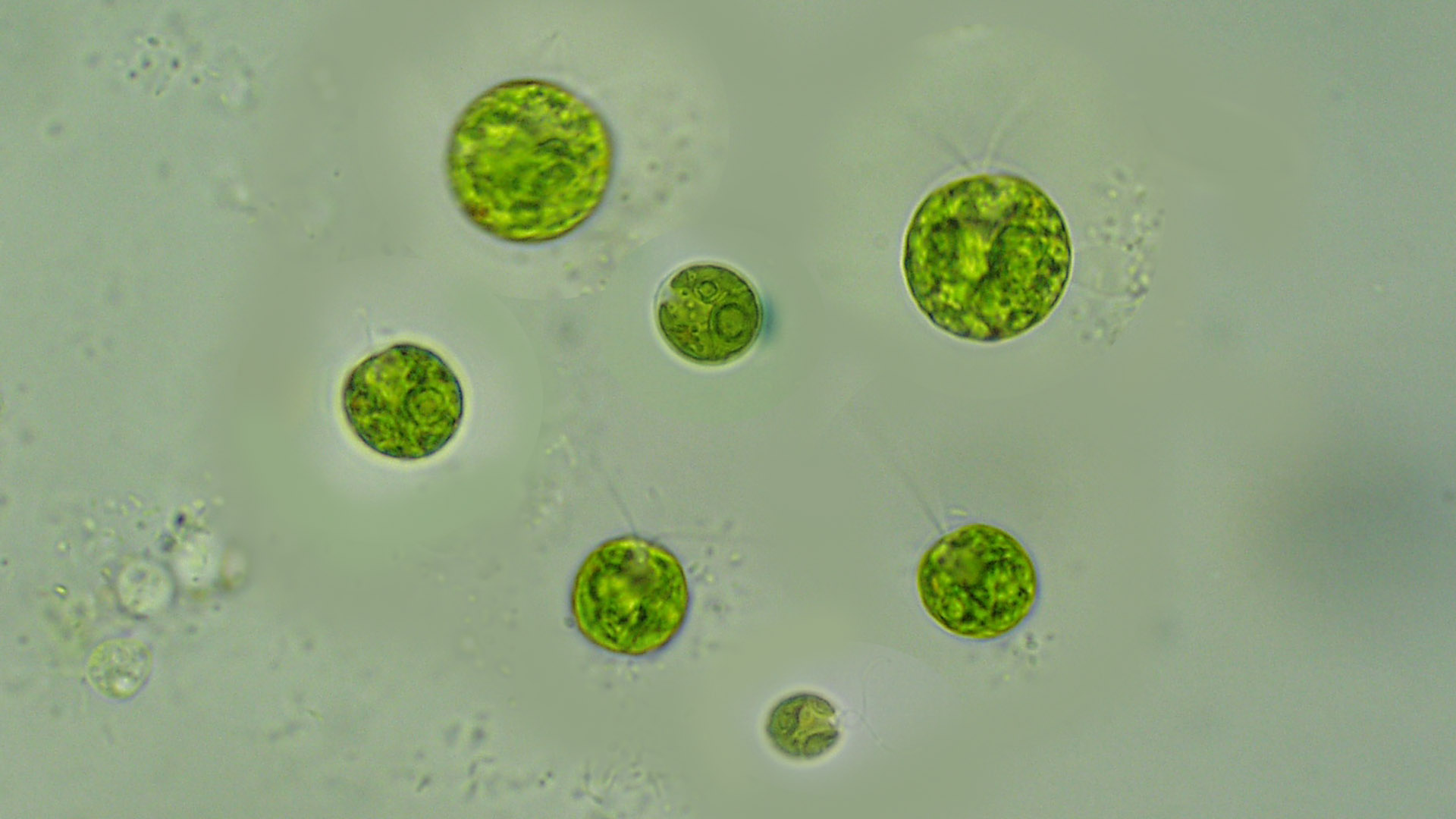
chlamydomonas- cell wall lacks cellulose, 1 green algae w pyrenoid, eyespot, biflagellate and loricated
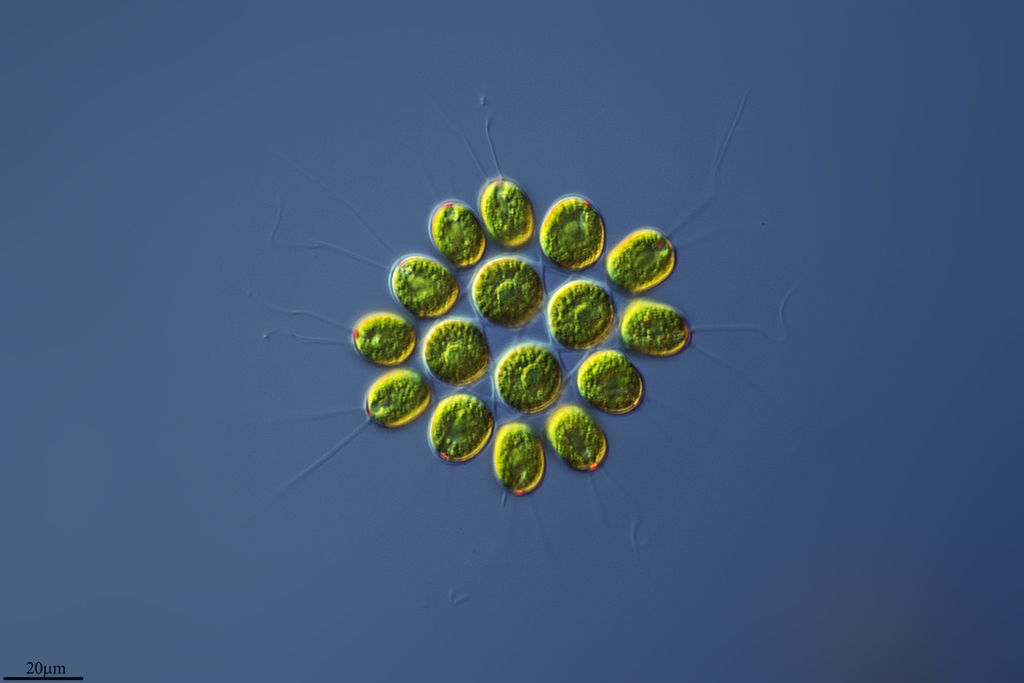
gonium- plasmodesmata connects cells, 16 cells in a coebium colony, eye spots

volvox- freshwater, hollow, gonidia on outside sphere, inner spheres are daughter colonies, zygotes are spikey balls in middle of colony
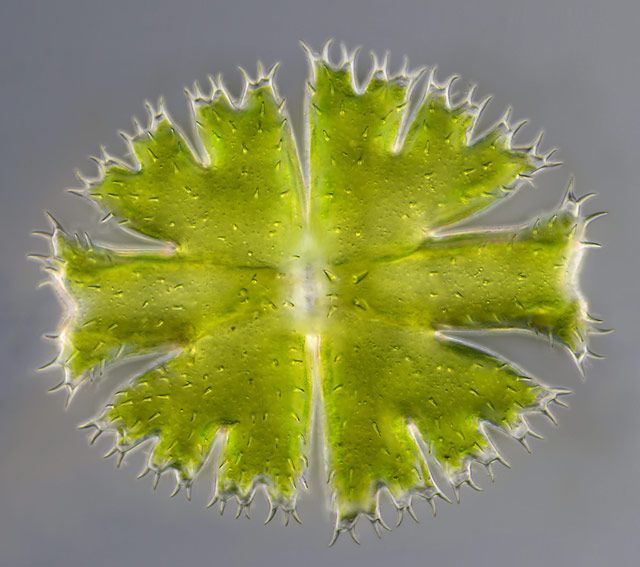
micrasterias- made of 2 semi cells connected at the isthmus, peptidoglycan cell wall, related to land plants, freshwater,
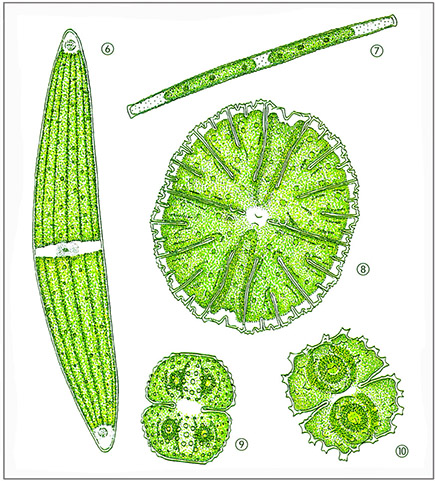
staurastrum, netrium, hyaltheca- freshwater charonhyceans, lack flagelated stages, desmid have 2 simetrical halves
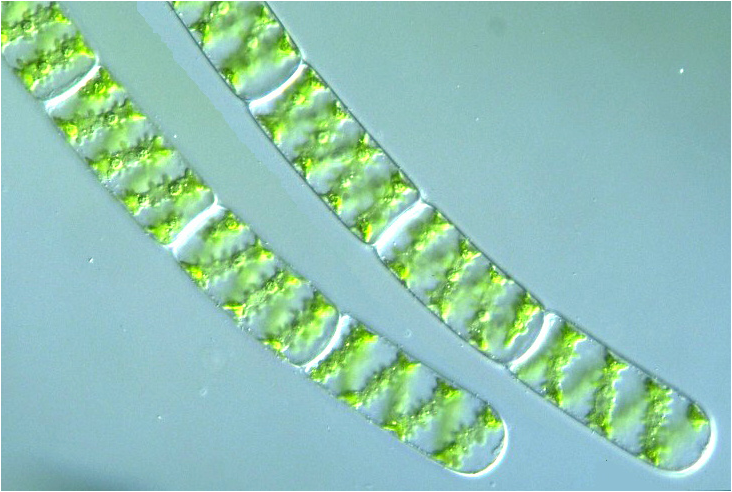
spirogyra- pyrenoid in spiral chloroplast, very large vacuole, cells connected together with plasmodesmata,